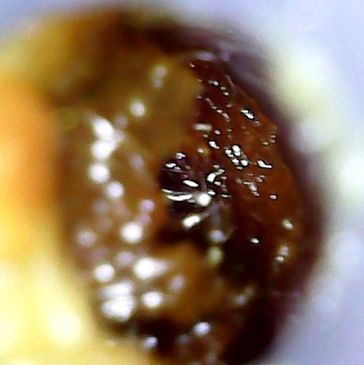
Ear Wax
Ear wax is produced by glands in the ear canal, wax traps dust and other small particles, this process prevents them from reaching and potentially damaging or infecting the eardrum. A normal healthy ear makes wax but this would normally dry up and fall out of the ear, along with any trapped dust or debris. The amount of wax produced is
Ear wax is produced by glands in the ear canal, wax traps dust and other small particles, this process prevents them from reaching and potentially damaging or infecting the eardrum. A normal healthy ear makes wax but this would normally dry up and fall out of the ear, along with any trapped dust or debris. The amount of wax produced is determined by a number of factors including genetics, shape of the ear canal and also whether there are any obstructions, preventing wax from naturally moving out from the ears this can include hearing aids.
Causes of Ear Wax

Impactation or blockage, can occur when wax gets pushed deep into the ear canal. Earwax blockage is one of the most common ear problems that doctors see. The most common cause of blockage is the use of cotton buds or Q-tips, as well as other objects that can include safety pins, hair grips/bobby pins and rolled napkin/tissue corners. All of these objects removes the superficial layer of wax but it also pushes the remainder of the wax deeper into the ear canal causing it to impact itself against the ear canal or the ear drum itself. Hearing aids and ear plugs are also likely to cause ear wax blockage.

Ear Wax Symptoms:
Ear wax blockage can include:
- Decreased Hearing
- Dizziness
- Ear ache/pain
- Blocked/ plugged or fullness sensation
- Ringing in the ear/s
- Itching or drainage from the ear canal

You should see a wax removal expert if you have the following symptoms, however go to the hospital if:
- You have a severe spinning sensation, loss of balance or an inability to walk
- You have persistent vomiting or a high fever
- You experience sudden hearing loss
Complications of ear wax blockages can include:
- Perforated eardrum
- Middle ear infection
- External ear infection (swimmer's ear)
- Permanent hearing loss from acoustic trauma